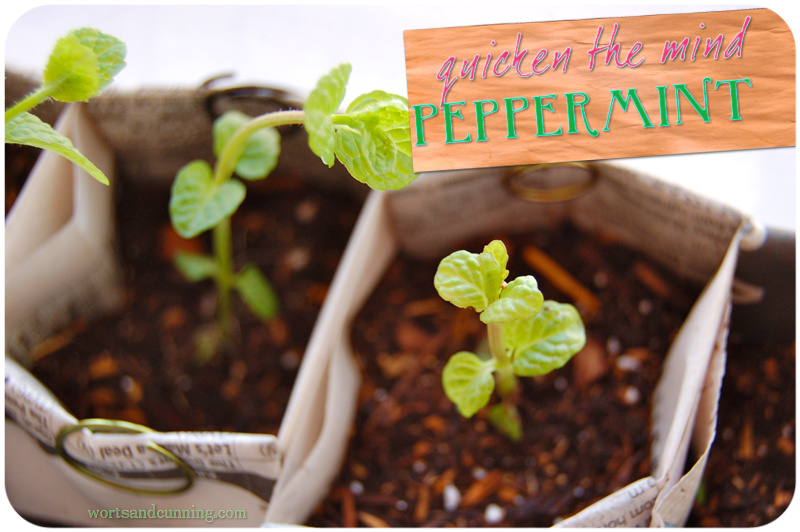The Clarifying Beat: Eucalyptus
 from botanical.com
from botanical.com
The dancing trees of the Eucalyptus are unmistakeable in their form and scent. As medicine the Eucalpytus tree, specifically its essential oils and leaves, has been used as a plant of healing and purification for a very significant part of our humyn history. The tree is said to guard against all forms of illness and the leaves are useful when placed in the body of a healing poppet. Hand a branch of Eucalyptus above one who is afflicted with illness to bring about a speedy recovery. Wear the pods of the Eucalyptus as charms of protection.
Whenever I think of Eucalyptus I think of koala bears (more on that later), but more importantly, dancing. The grace of a windswept dancer curling their toes against dust of earth and stars. Extending their breath along the lines of their arms, the straightness of their spine, the sturdiness of their thighs. Much of Eucalyptus' powers lie in its ability to center and call us back to our inner beating rhythm. As a remedy, Eucalyptus is useful for those of us who are seeking our true rhythm beyond the drudgery of schedules that keep us distracted from our passions, our desires, and our calling(s) in life. So many folks are seeking "the best new thing" whether it be the newest diet, a popular exercise regime, the latest spiritual practice, and with so much noise the resounding beat of our own healer remains unnoticed and, at worst, ignored. Along comes the dancing trees of the Eucalyptus, who clears our visions, strengthens our breath, and with its fragrant sharpness helps set us on a path of authentic renewal and adventure.
As someone who spent a great deal of their childhood as a koala bear, I have a great fondness for Eucalpytus. I spent part of my adolescence playing beneath the dancing green leaves of the Eucalyptus - its clarifying scent and the way the wind sounds moving through its branches remind me of my earlier adventures into herbal medicine and magick.

Eucalyptus has been used for tens of thousands of years in Australian Aboriginal medicine - it is a plant that has taken an interest in humyn affairs for a long while and it deserves a great deal of gratitude. Some of the primary uses of Eucalyptus in modern Western herbalism is as an expectorant, helping to move colds, pneumonia, and bronchitis out of the chest, to clear-up and prevent viral infections, and as an astringent. Dilating the bronchiales of the lungs, Eucalyptus moistens mucous membranes and helps regulate mucous secretions. Excellent for other respiratory complaints such as asthma, coughs, the 'flu, and sinus infections. Use the leaf in a tea and, along with the essential oil in steams, diffusers, and chest rubs.
The essential oil is especially excellent to use for promoting mental clarity - it has a sharp heat that burns away the feeling of being in a stagnant swamp of mental muddledness. Overall, the essential oil is tonifying on the nervous system.
Use topically as a warming chest rub and as a diluted oil for rheumatic pain, aching joins, stiffness, neuralgia, and bacterial skin infections. Apply the diluted oil to blisters, burns, herpes sores, scratches, and wounds. For those folks who have excessively oily skin (remember that some oil is good and healthy for our skin) or acne might consider using Eucalyptus is facial toners and steams. As a diluted gargle, Eucalyptus is great for cold sores in the mouth. Try mixing the leaves of Eucalyptus with honey as a general syrup for respiratory ailments. Burn the oil as an insect repellant and use in anti-flea washes for pests. For my textile friends, Eucalpytus can be used as a dye, producing shades of green, brown, and orange.












